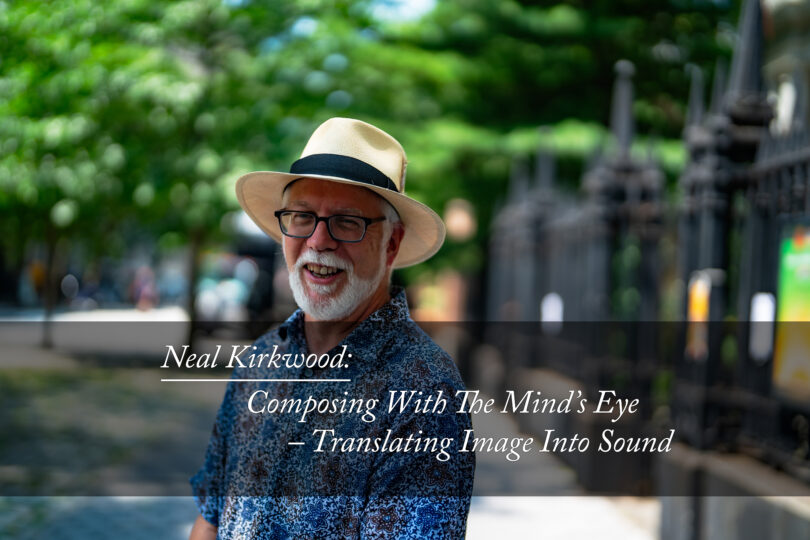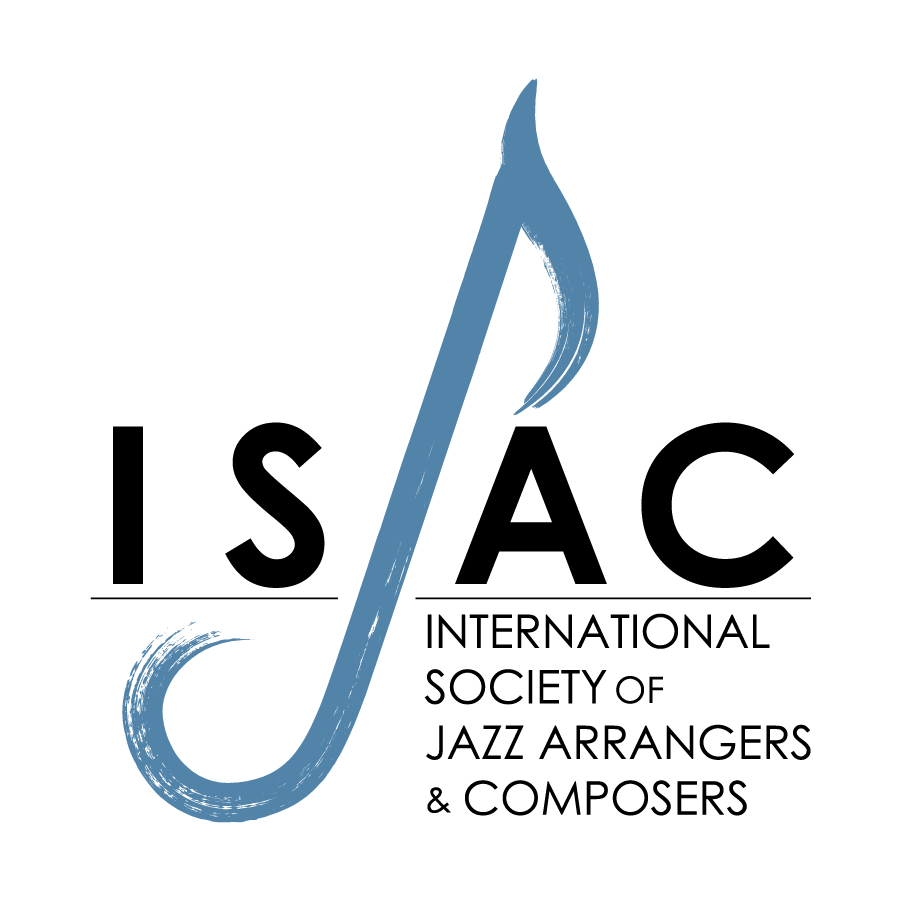Composer and Pianist Neal Kirkwood dissects his work “Paddy Harmon’s Dreamland Ballroom” looking at imagery and his technical approach to the piece.



Composer and Pianist Neal Kirkwood dissects his work “Paddy Harmon’s Dreamland Ballroom” looking at imagery and his technical approach to the piece.